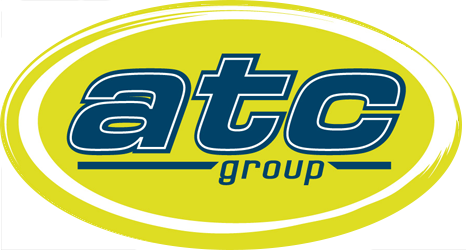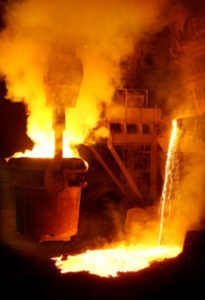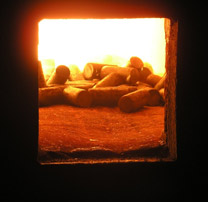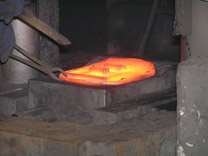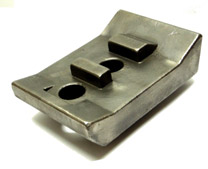The Difference Between Casting & Forging
Casting is the process where metal is heated until molten. While in the molten or liquid state it is poured into a mold or vessel to create a desired shape.
Forging is the application of thermal and mechanical energy to steel billets or ingots to cause the material to change shape while in a solid state.
Why use castings?
We use castings for a wide range of wearparts and components that are too large, complicated, intricate or otherwise unsuitable for the forging process. We can forge parts up to 50kgs but the sheer energy required to forge larger items make casting a much more viable alternative.
We currently cast mining and earthmoving components to 580 kg. We can cast up to 3000 kg if required. Manganese work hardening screens are one of our specialities. We have found that by carefully choosing alloys and applying proven methods of heat treatment, we can produce castings of high quality, strength and wearability. The casting process better lends itself to making parts where internal cavities are required.
The advantages of casting include:
- No real upper size limit in casting weight
- Large range of alloy choices
- As forgings remain solid, custom alloys are far more difficult to get into production whereas with casting, alloys including Chrome, Nickel and Moly can be added at the molten stage.
- Tooling is often less expensive than forge dies
- Smaller production “runs” required
- Complicated/complex parts are no problem
For general GET as well as large and complex components – casting is a fantastic method of manufacture.
Why use forgings?
Forging offers uniformity of composition and structure. Forging results in metallurgical recrystalisation and grain
refinement as a result of the thermal cycle and deformation process. This strengthens the resulting steel product particularly in terms of impact and shear strength.
Forged steel is generally stronger and more reliable than castings and plate steel due to the fact that the grain flows of the steel are altered, conforming to the shape of the part.
The advantages of forging include:
- Generally tougher than alternatives
- Will handle impact better than castings
- The nature of forging excludes the occurence of porosity, shrinkage, cavities and cold pour issues.
- The tight grain structure of forgings making it mechanically strong. There is less need for expensive alloys to attain high strength components.
- The tight grain structure offers great wear resistance without the need to make products “superhard” We have found that, on a blank HRC 38-42 forged grinder insert wear/wash is about the same as a high alloy HRC 46-50 cast grinder insert. The difference being a HRC 46-50 casting does not have the ductility to handle high impact grinding.
